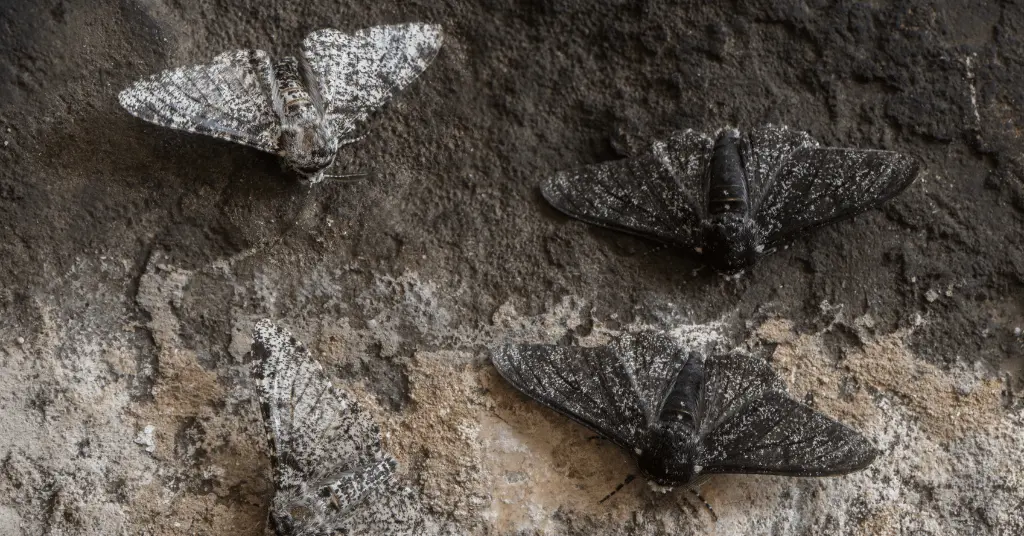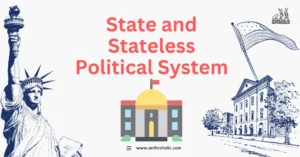AI Answer Evaluation Platform Live Now. Try Free Answer Evaluation Now
Industrial Melanism
When artificial impacts on natural selection have caused a species’ color to change, it is known as industrial melanism. Certain regions of Europe and North America were covered with a thick layer of black soot due to the industrial revolution, which was primarily powered by the burning of coal.

Adaptation of Industrial Melancholy
Adaptation is necessary for creatures that rely on camouflage to prevent local extinction. Industrial melanism is the term used to describe the soot-induced darkening of a group of animals that live in an industrial setting on their skin, feathers, or hair[1]. The lighter, more conspicuous animals are naturally preferred by predators, enhancing the population’s chance of survival and reproduction over many generations and causing it to become more melanistic.
Setting up Industrial Melancholy
The vast majority of evolutionary variables change rather slowly, demonstrating the necessity for time for natural selection and genetic change. With the rise of industrial civilization, things began to change.
Large-scale coal use in Britain during the Industrial Revolution produced sulfur dioxide, which wiped out all lichens. Massive amounts of factory exhaust were also blasted, covering every tree and building in a thick layer of black muck.
The peppered moth suddenly began to experience a change in its evolutionary strain on it. Dark backgrounds made light-coloured moths on a tree stand out, increasing the likelihood that they would be ingested. Yet now that it was hidden, the darker form had a lower chance of surviving and procreating. In a well-known case of industrial melanosis, the dark form progressively displaced the other kinds as the most frequent one.
Natural selection and industrial melanism were the only possible explanations for the increase in the dark variety from 2% of the population to over 95% in a little more than 50 years.
Genetic drift, a gradual process in which uncontrollable causes may gradually alter the genetic makeup of a population, cannot account for this.
Dark pigmentation has a hereditary predominance similar to that of other animals. Once the threat of predation decreased, this mutation spread widely and very rapidly. The fact that the American variety of species underwent convergent evolution, in which species develop in essentially the same manner, supports this.
Re-Adaptation of industrial melancholy
Strangely, the selection pressure from predation has now reversed as modern industry in Europe embraces cleaner technologies, causing the moth to revert to its previous shape. The second metamorphosis takes longer to complete, even though the gene for the lighter color is recessive and requires a copy from both parents. The term used to describe this is reverse industrial melancholy.
Industrial depression results from micro-evolution, which happens when a species’ internal selection mechanisms change something. This process of microevolution within the peppered moth population may have ultimately resulted in specialization when combined with genetic drift, new mutations, and other possible selection forces.
Two distinct populations may grow into new species if they coexisted in wild areas and smoke-filled areas with minimal to no interbreeding between them, as occurred with Darwin’s finches[2]. You can learn more about this particular tactic in the Red Queen Theory.




